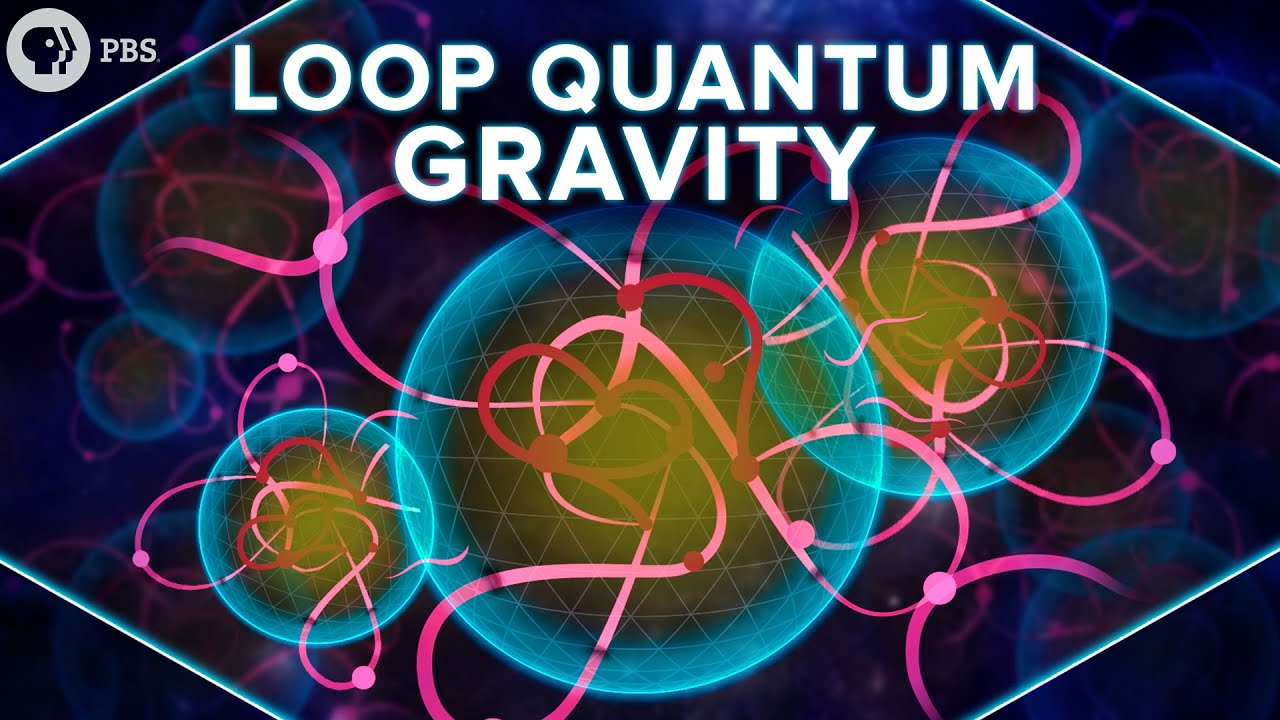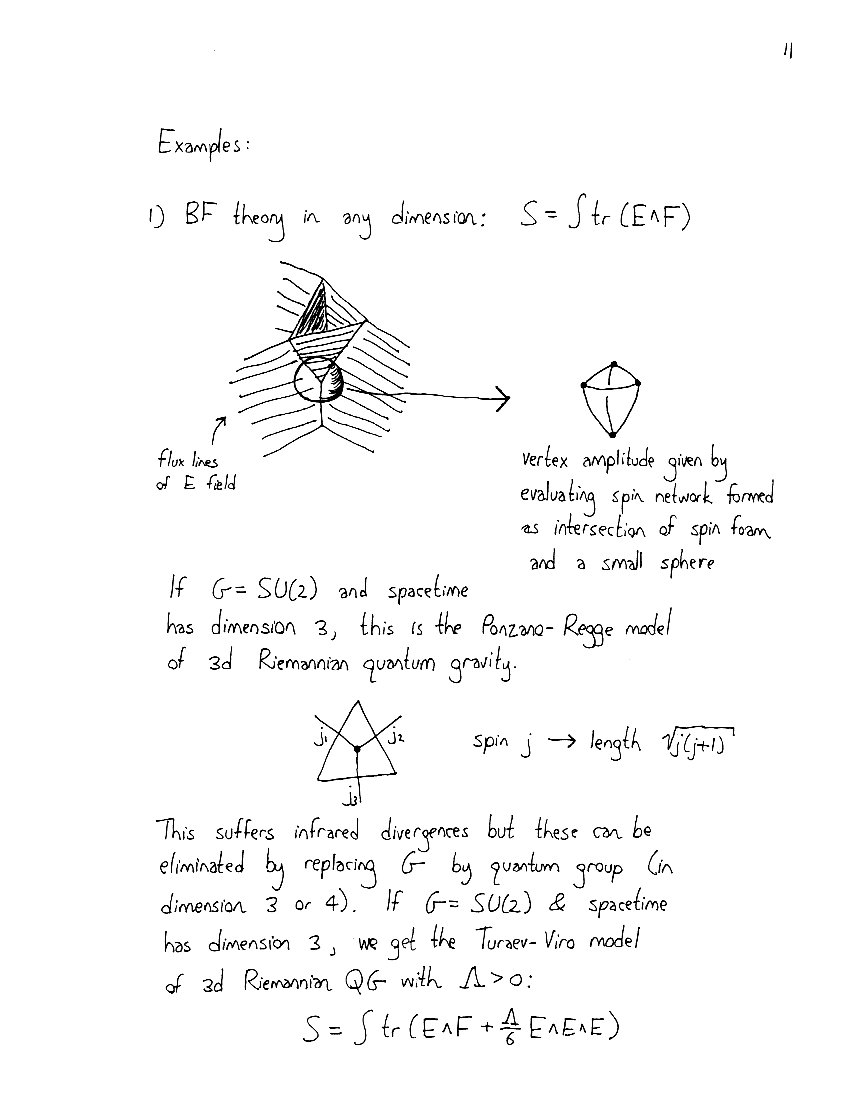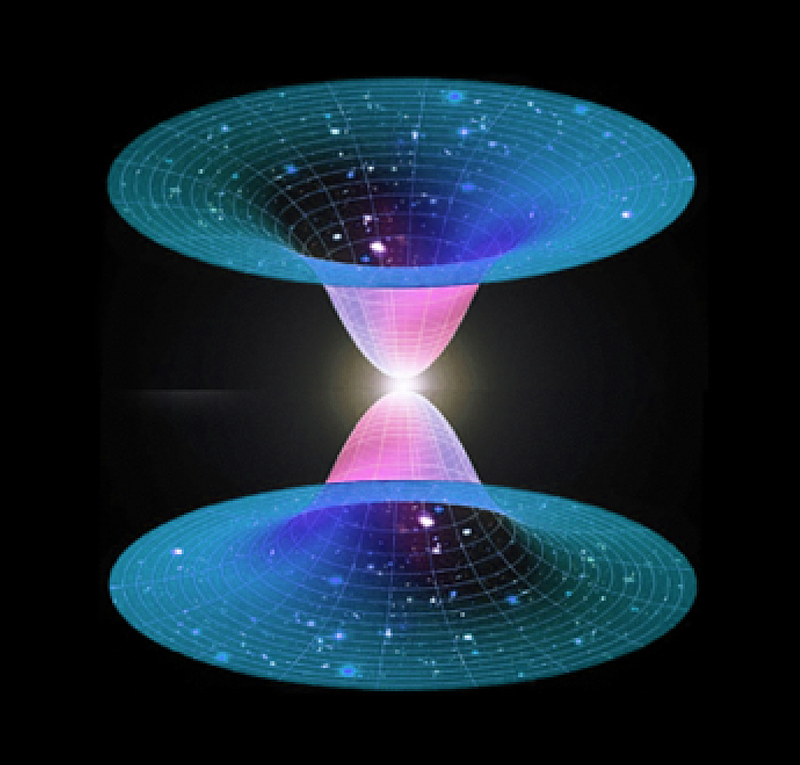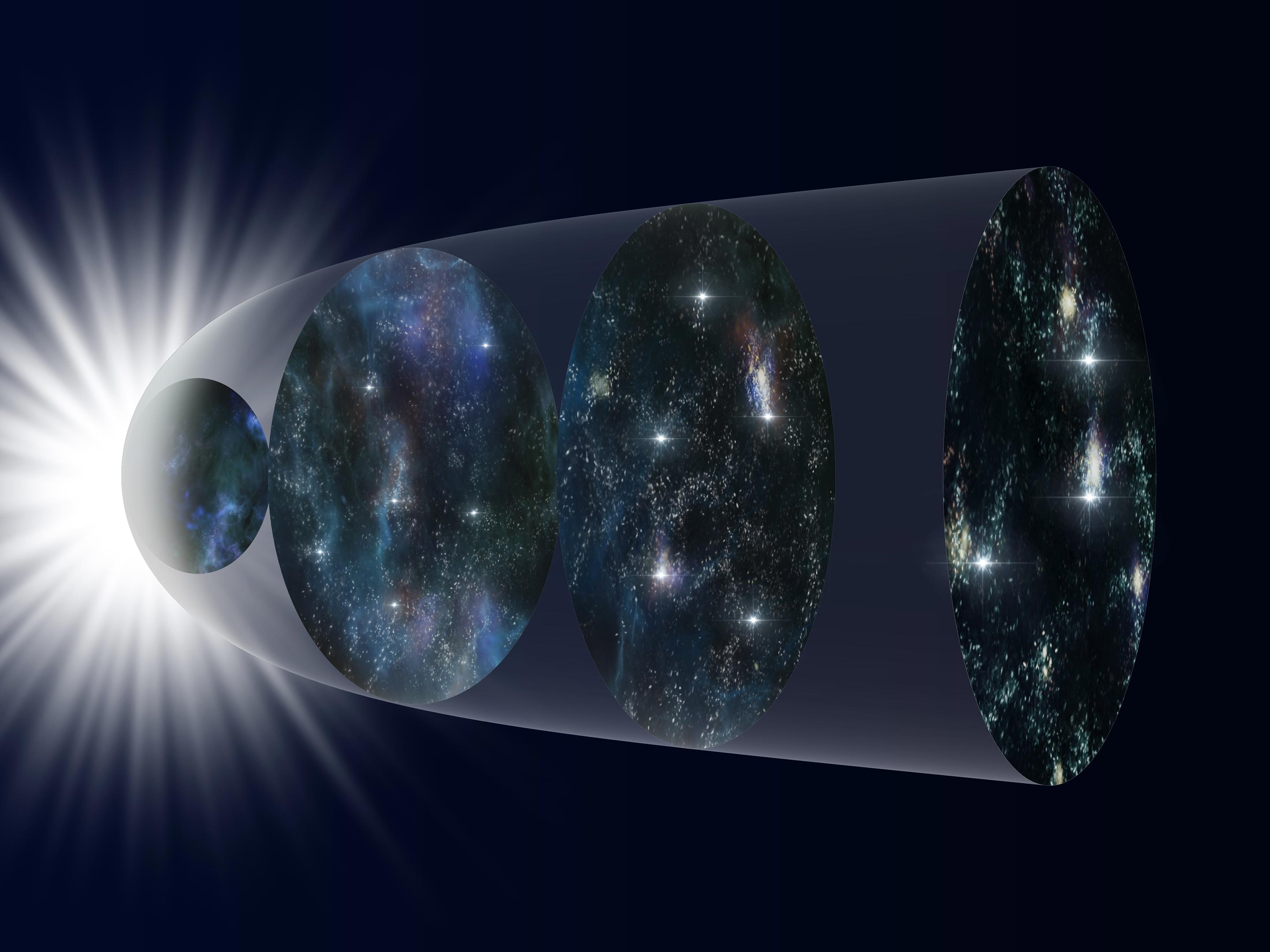Is the Universe Infinite or Finite? Exploring Cosmological Mysteries
The nature of our universe—whether it is infinite or finite—is one of the most profound and fascinating questions we can ask. As someone who enjoys diving into scientific mysteries and mathematical wonders, I find these questions not only thought-provoking but deeply humbling. After all, understanding the size and shape of the universe touches on the very limits of human observation and imagination. Let’s explore some of the core ideas surrounding this cosmological enigma.
How Do We Know What We Can’t See?
First and foremost, we must confront the limitation of our perspective. Since the Big Bang occurred approximately 13.8 billion years ago, only a finite amount of light has had time to reach us. This means we can observe only a fraction of the universe, known as the “observable universe.” Beyond this, the universe remains a mystery—it might extend infinitely, or it might not. Crucially, this limitation stems from the nature of spacetime itself, as described by Einstein’s Theory of General Relativity.
In mathematics, it’s often easier to model the universe as infinite for simplicity. But this is merely a tool—reality might be far different. To better understand, we must delve into the concept of spacetime curvature.
The Geometry of the Universe
Einstein’s General Relativity introduced us to the idea of spacetime: the seamless union of space and time, which is influenced by the gravity of massive objects. This “curved spacetime” can be thought of as a measurable property from within the universe, rather than something that requires an outside perspective.
For example, consider the geometry of a triangle. On a flat sheet of paper, the angles of any triangle will always add up to 180°. However, if you draw a triangle on the surface of a sphere, like Earth, the angles can add up to more than 180°. This difference tells us that the sphere’s surface is curved.
- If the universe is “flat,” like a sheet of paper, it could extend indefinitely.
- If the universe is curved, like a sphere, it could eventually loop back onto itself, meaning you could potentially travel far enough in one direction and return to your starting point.
Interestingly, a geometric shape can also be finite without having any curvature—take the example of rolling a flat sheet of paper into a cylinder. These considerations make it difficult to infer whether our universe is truly infinite or finite based solely on observations.
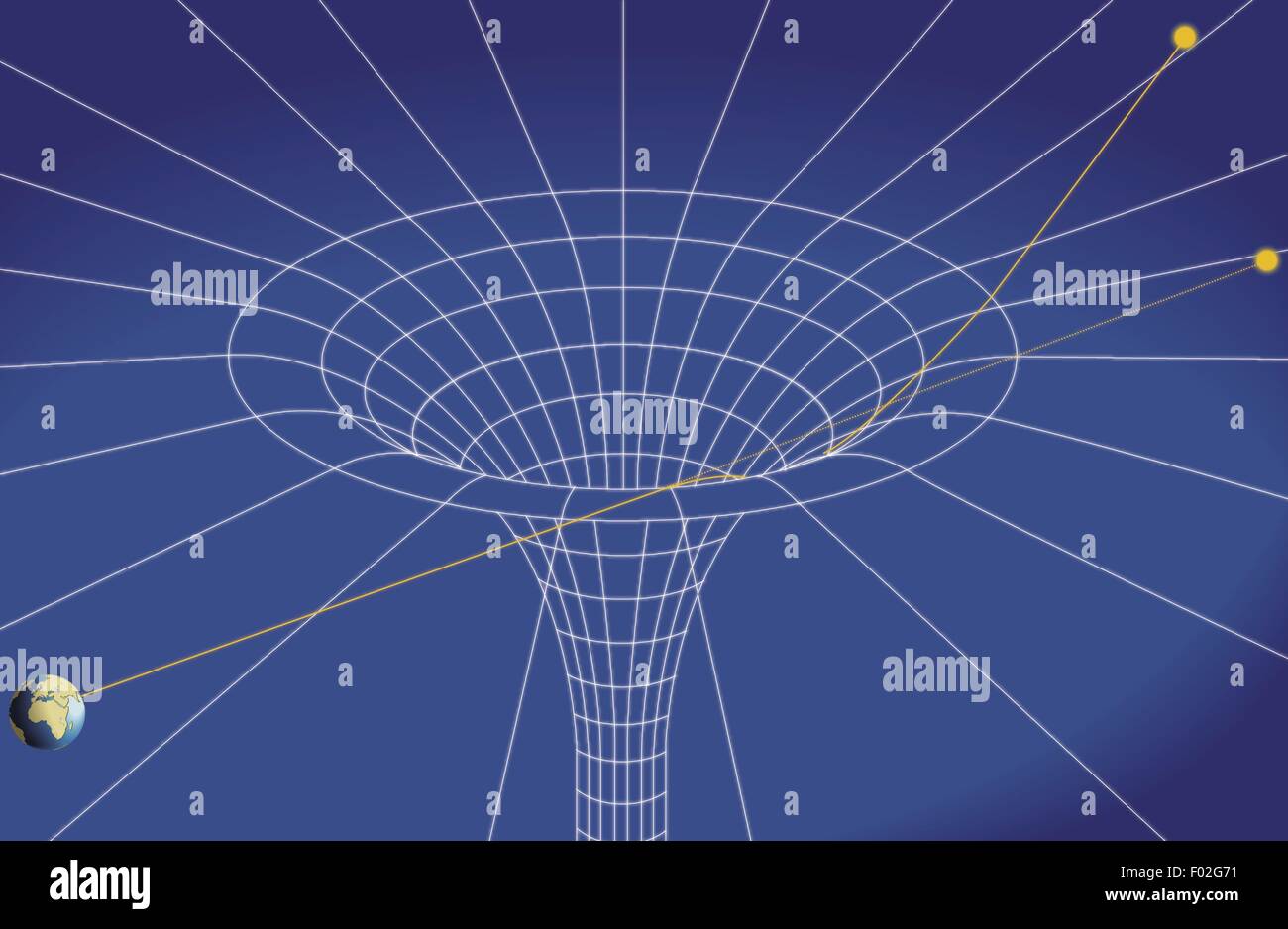
Does the Universe Expand “Into” Something?
A common misconception about the universe’s expansion is that it must be “growing into” some external space. In reality, this is not the case. The expansion of the universe is an internal phenomenon—it describes the increasing distances between galaxies within spacetime. In other words, the universe doesn’t need an external space into which it expands. The expansion simply means that galaxies are moving farther apart, as described by the famous metric of cosmic expansion.
This concept challenges our everyday intuition, but it’s a reminder that cosmology often requires us to move beyond familiar notions of “inside” and “outside.”
Infinite Universe, Infinite Copies?
If the universe is indeed infinite, it has some surprising—and somewhat mind-bending—implications. One fascinating consequence of infinity is that every possible arrangement of matter could appear somewhere, an infinite number of times. This means there could be countless copies of you, me, and everything else scattered across the cosmos—each with slight variations. For instance, there might be a version of you with different hobbies, or one who made a different career choice.
This idea isn’t new; it ties into discussions about the multiverse and has been considered by cosmologists like George Ellis. While it may sound like science fiction, it arises naturally from the mathematics of infinite space.
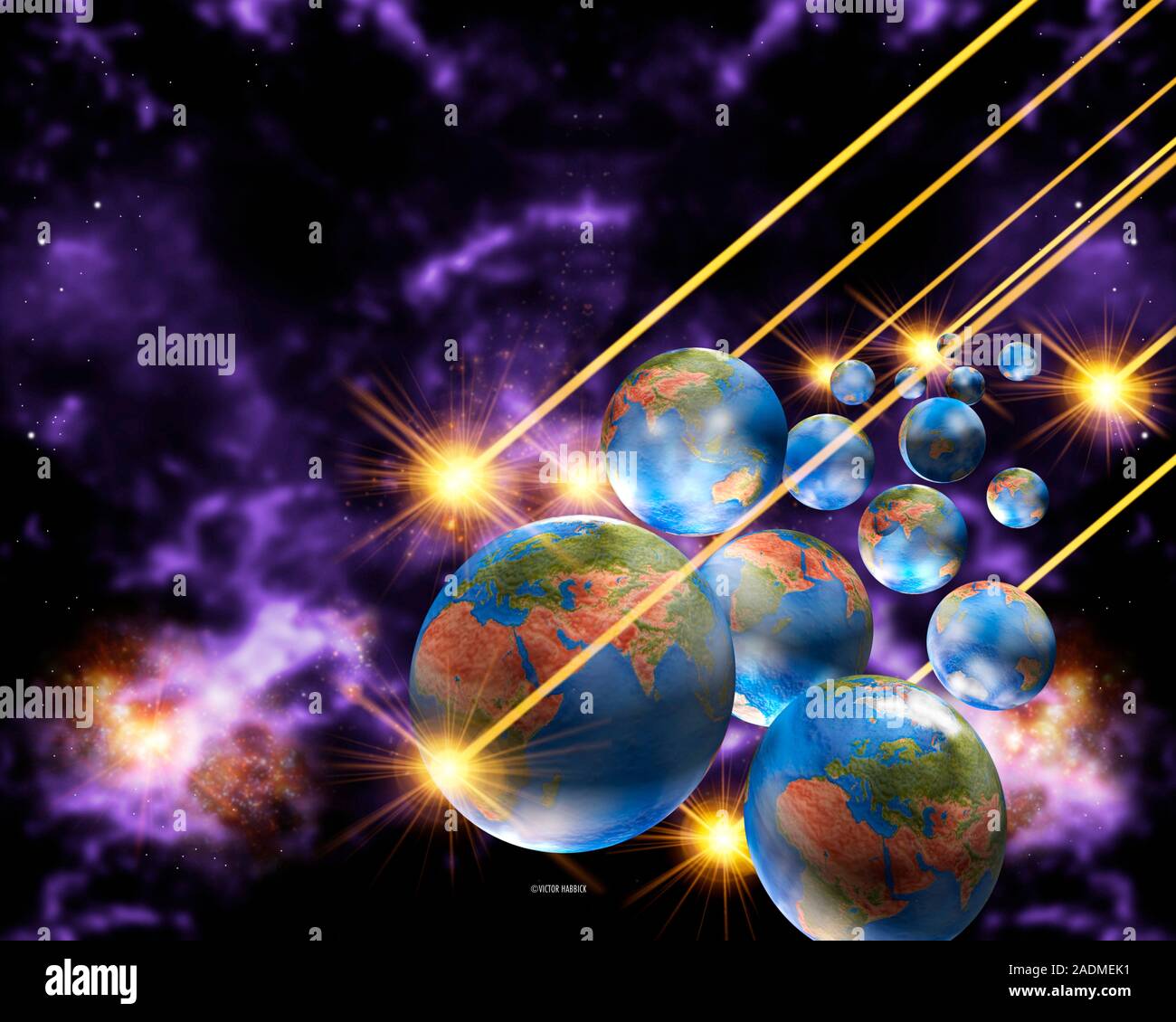
Challenges in Observation
Determining whether the universe is infinite or finite is complicated by the limitations of our measurements. Just as you cannot confirm the Earth’s shape simply by looking out your window, our observations of the universe are constrained by the accuracy of our instruments and the limited area we can observe.
One promising avenue for study is the cosmic microwave background (CMB), the faint radiation leftover from the Big Bang. Physicists have looked for patterns in the CMB that could provide clues about the universe’s overall geometry. So far, no conclusive evidence has been found to suggest that the universe closes back onto itself, but the search continues.
Infinity and Expansion Are Not Contradictory
Finally, an infinite universe can still expand. This may seem counterintuitive, but remember that expansion refers to the relative movement of galaxies, not the size of the universe itself. Think of it like Hilbert’s famous “infinite hotel” paradox: even if you had an infinite number of galaxies, they could still move farther apart within spacetime.
Final Thoughts
Ultimately, the question of whether the universe is infinite remains unanswered, but either scenario is compatible with our current understanding of physics. Whether the universe loops back on itself like a cylinder, stretches infinitely, or follows some yet-unknown geometry, one thing is certain: exploring these questions deepens our appreciation for the cosmos and our place within it.
As someone with a lifelong passion for science, from mathematics to physics and astronomy, I find this topic to be a humbling reminder of how much we have yet to learn. It ties into earlier posts I’ve written on subjects like the origins of time and the mysteries of the cosmos. Understanding the universe, whether infinite or finite, is a challenge that will likely span generations of inquiry and discovery.
Focus Keyphrase: Is the Universe Infinite?
“`
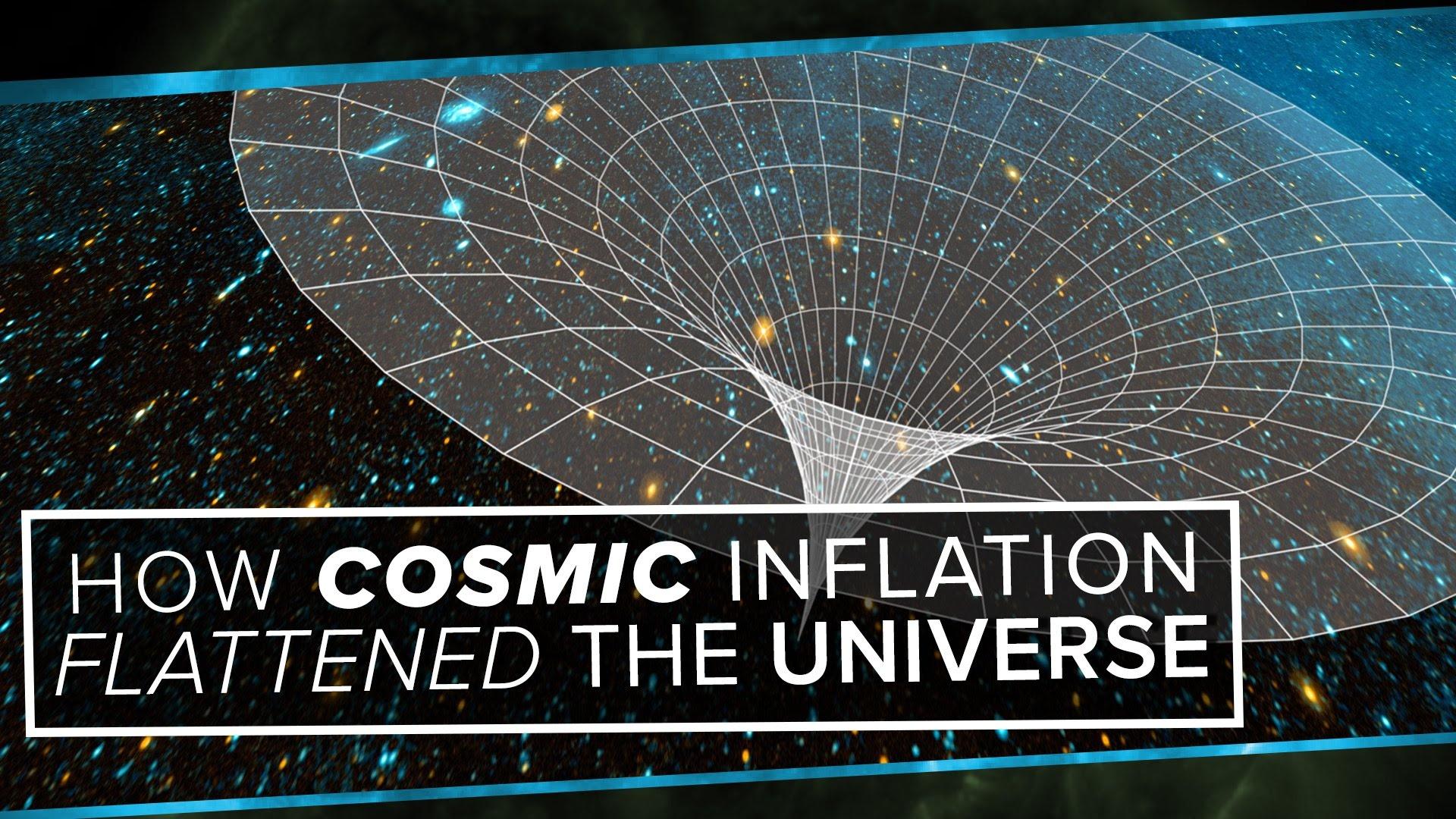 >
>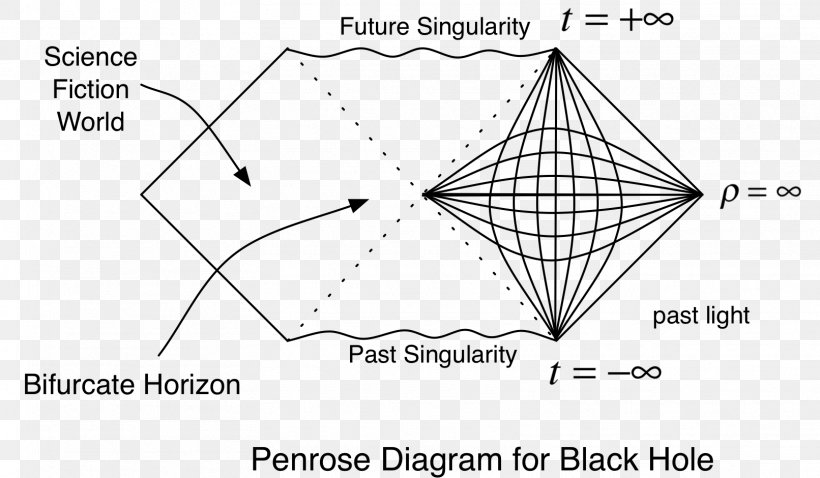 >
>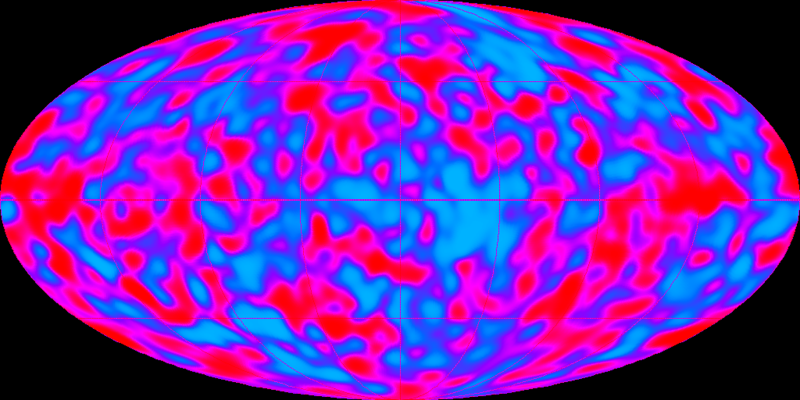 >
>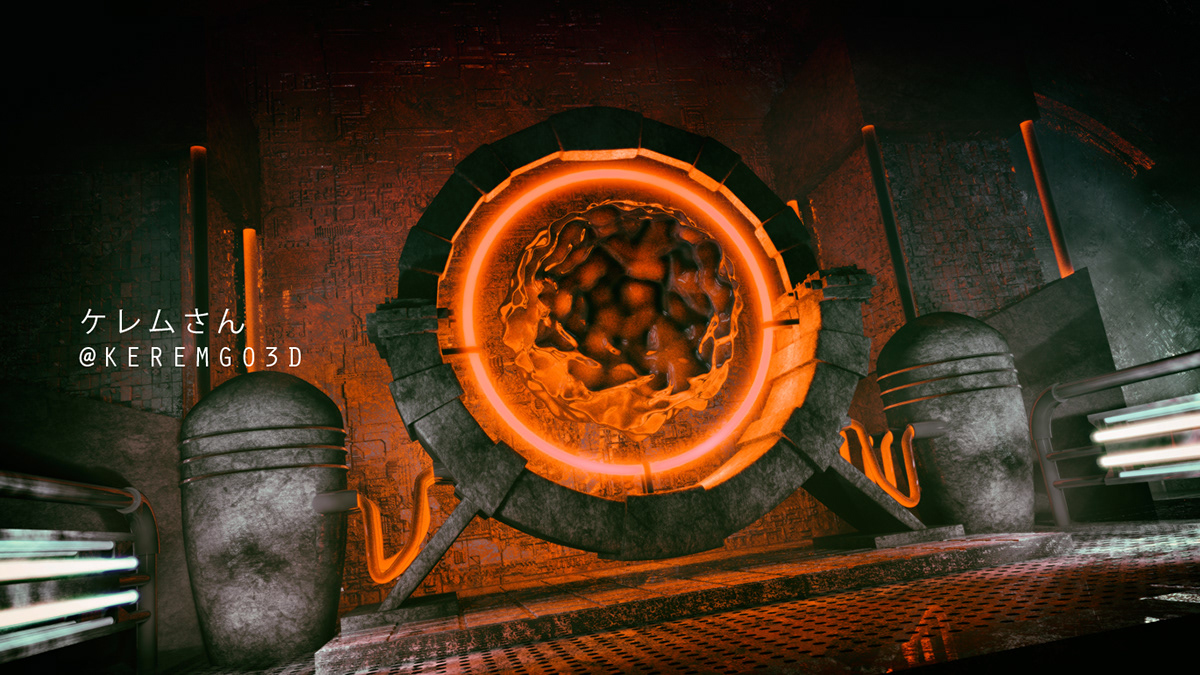
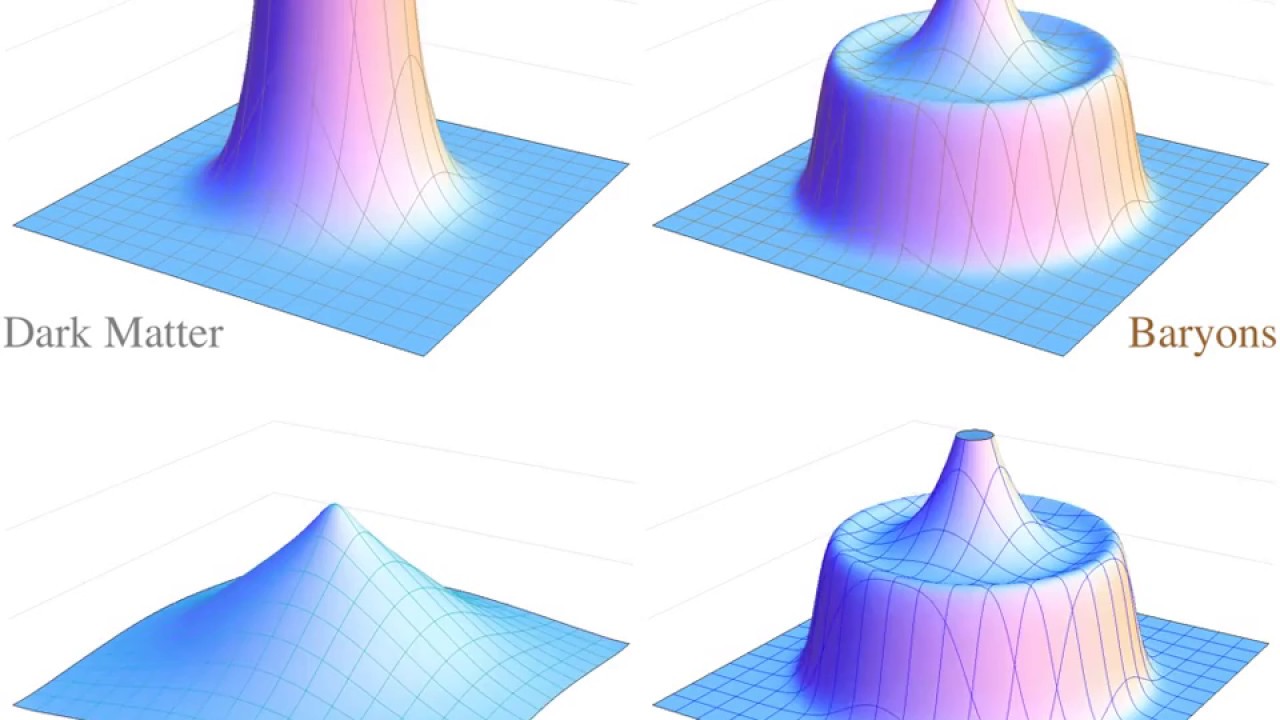
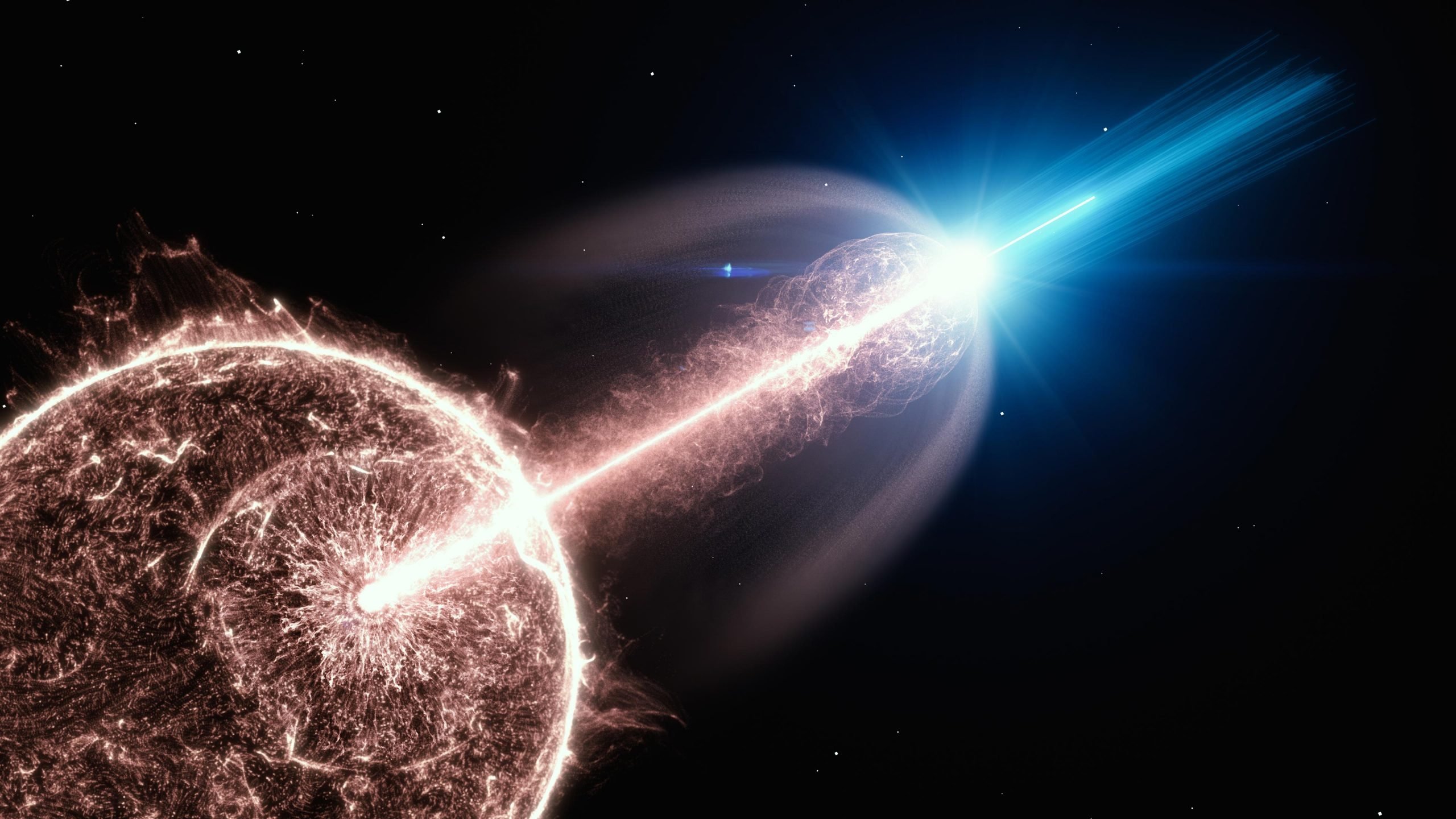 >
>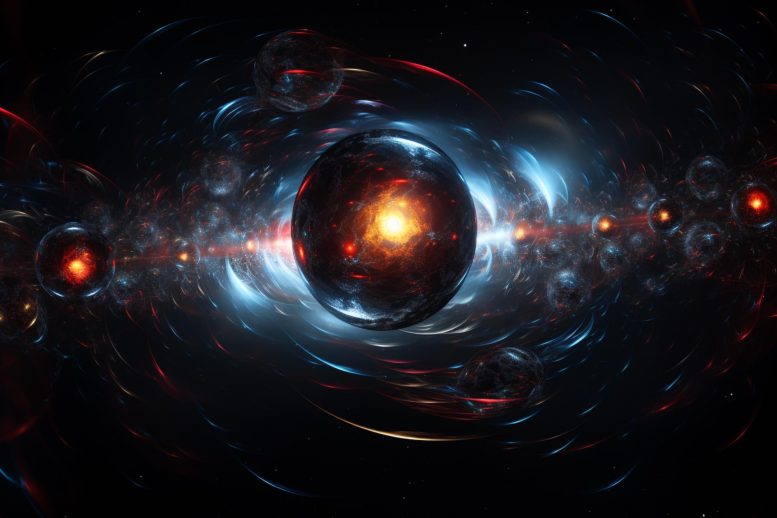 >
>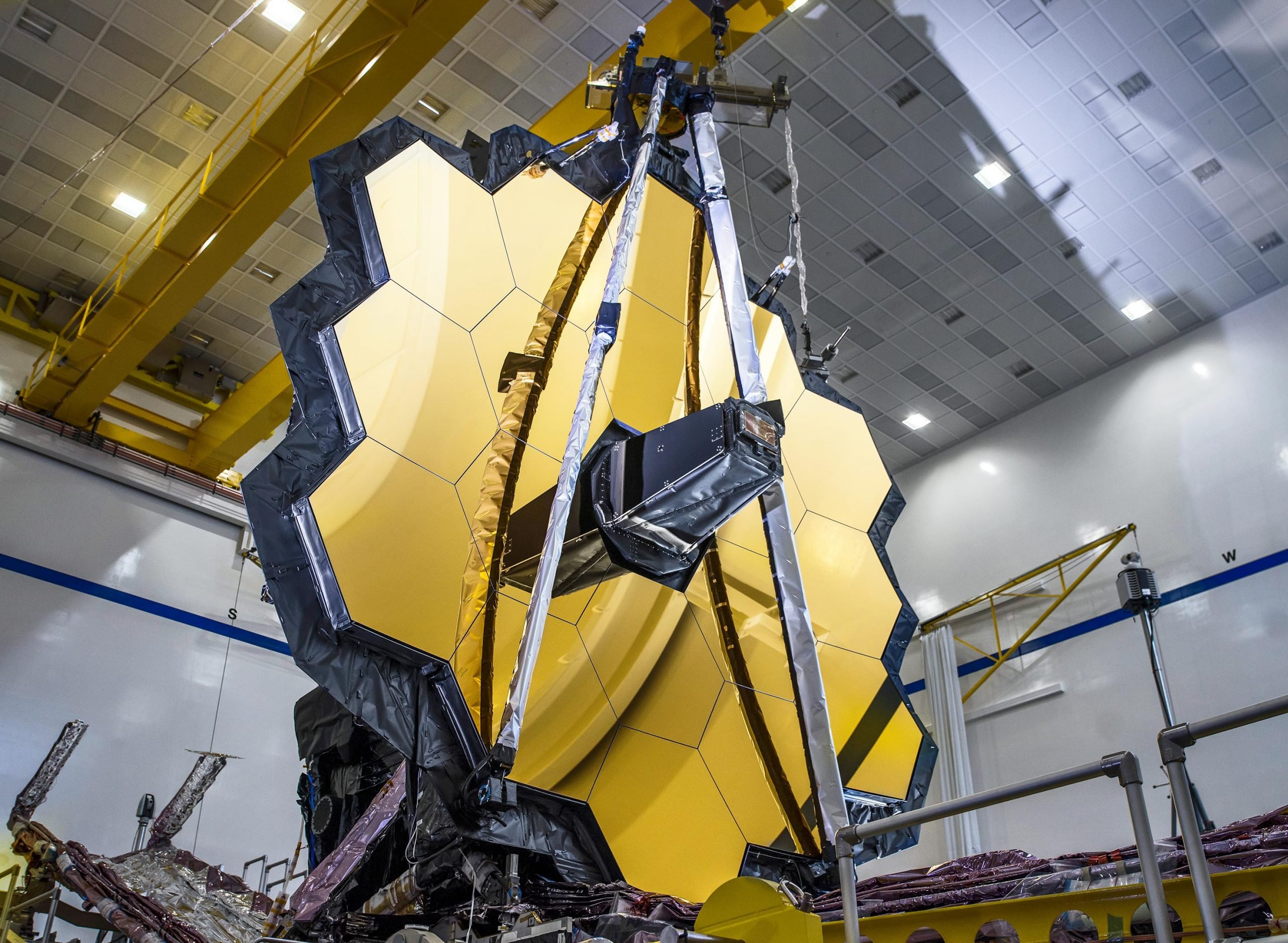 >
>